Major Gyri
Rachel Jessop and Jim Hutchins
Objective
1. Identify the major gyri of the human brain and their functions.
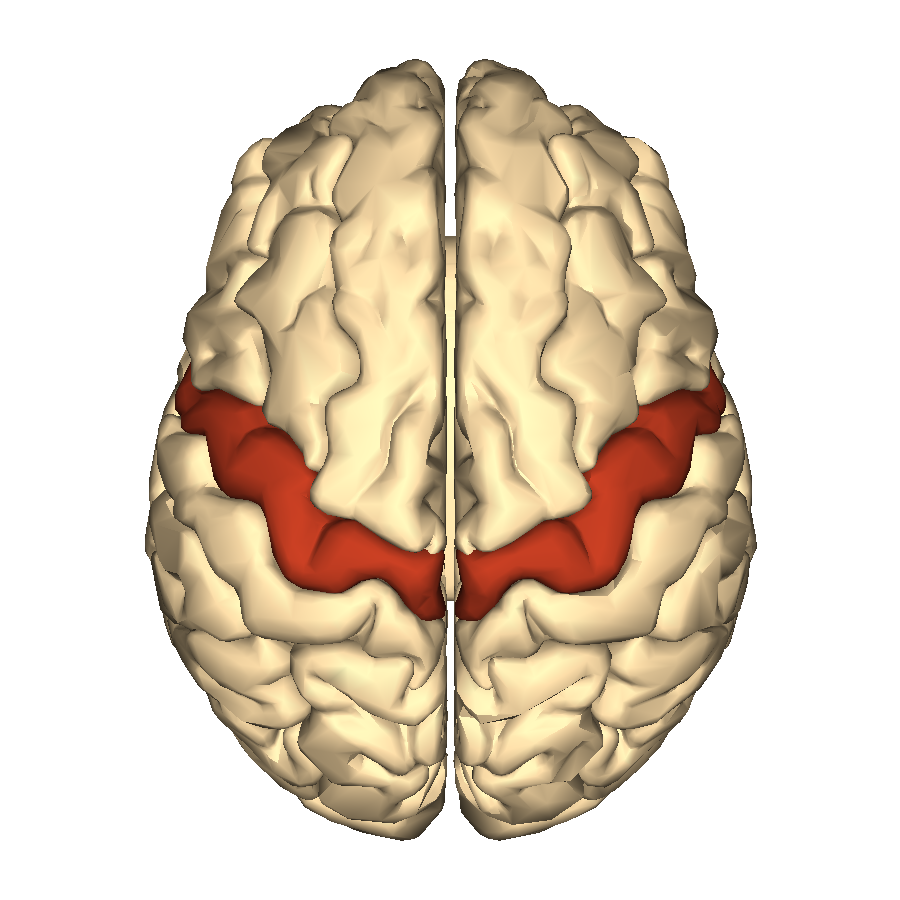
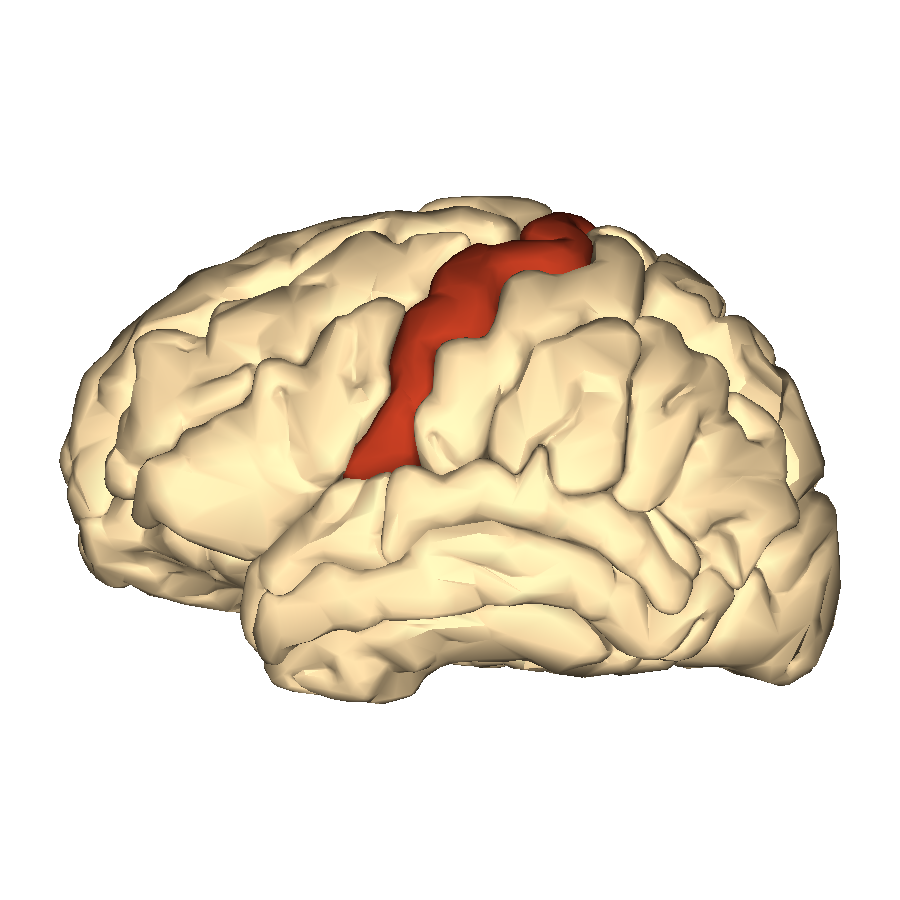
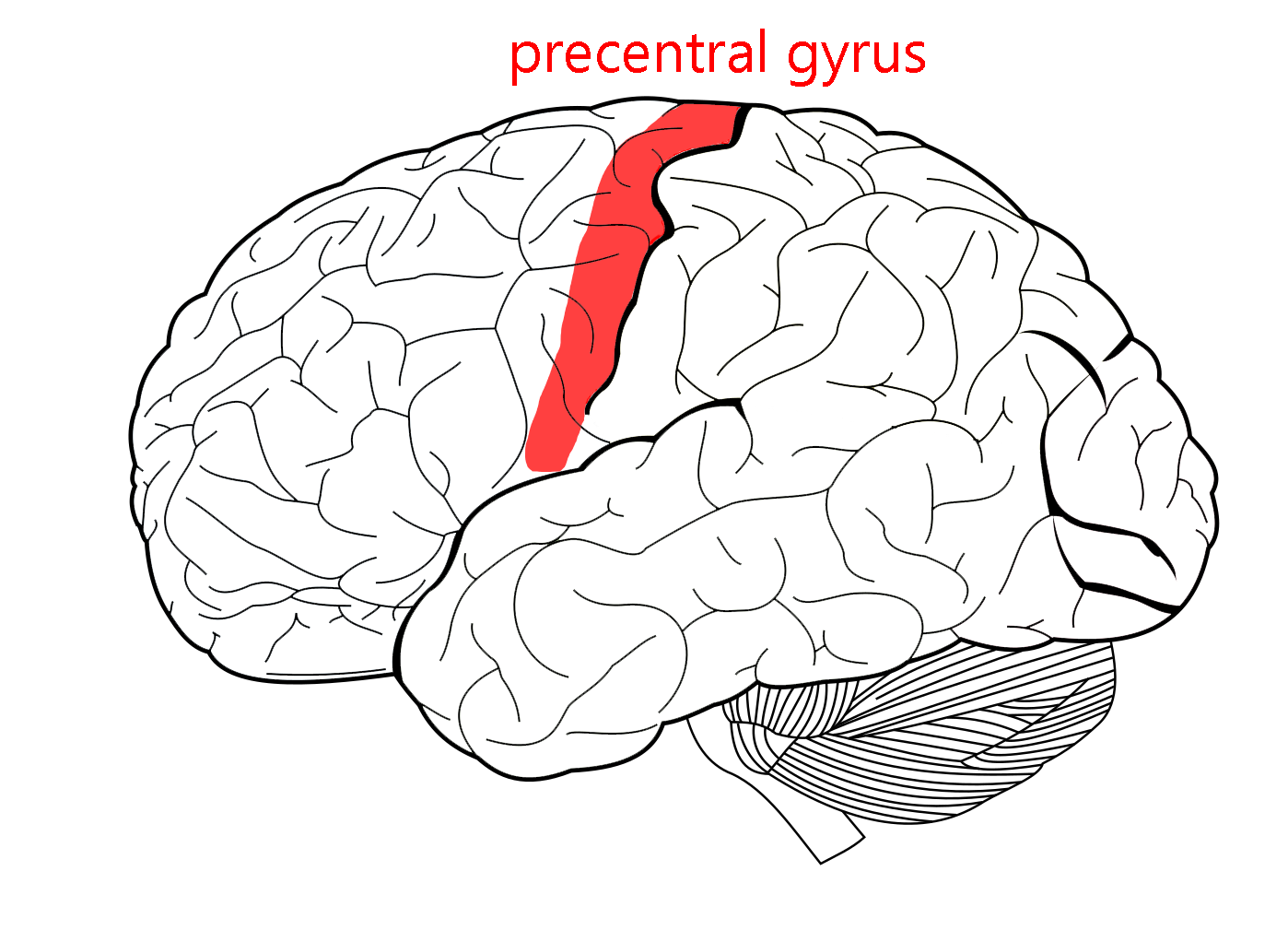

On either side of the central sulcus are two parallel, almost identical-looking gyri. The first we’ll look at is the precentral gyrus (part of the frontal lobe). The precentral gyrus is involved in the motor system, which has an orderly map of the body distributed across the surface of the gyrus. If you make a conscious movement, the signal needed for each muscle is calculated in this area and then sent as a neural signal down to the α motor neuron in the anterior horn of the spinal cord. Because this pathway goes from cortex to spinal cord, it’s called the corticospinal tract.
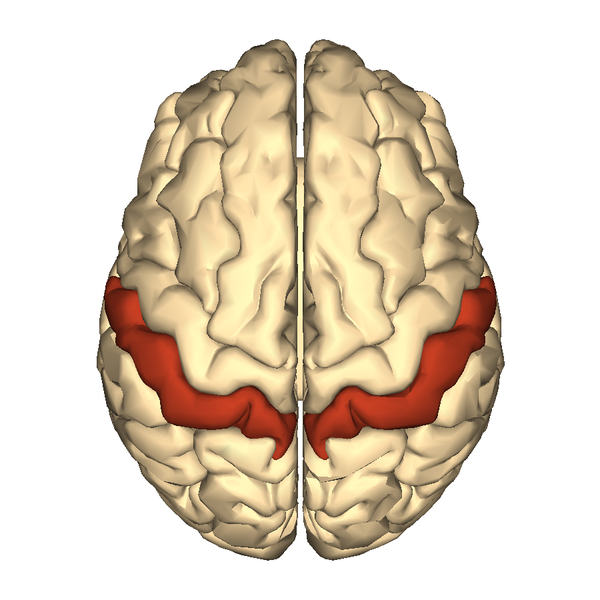
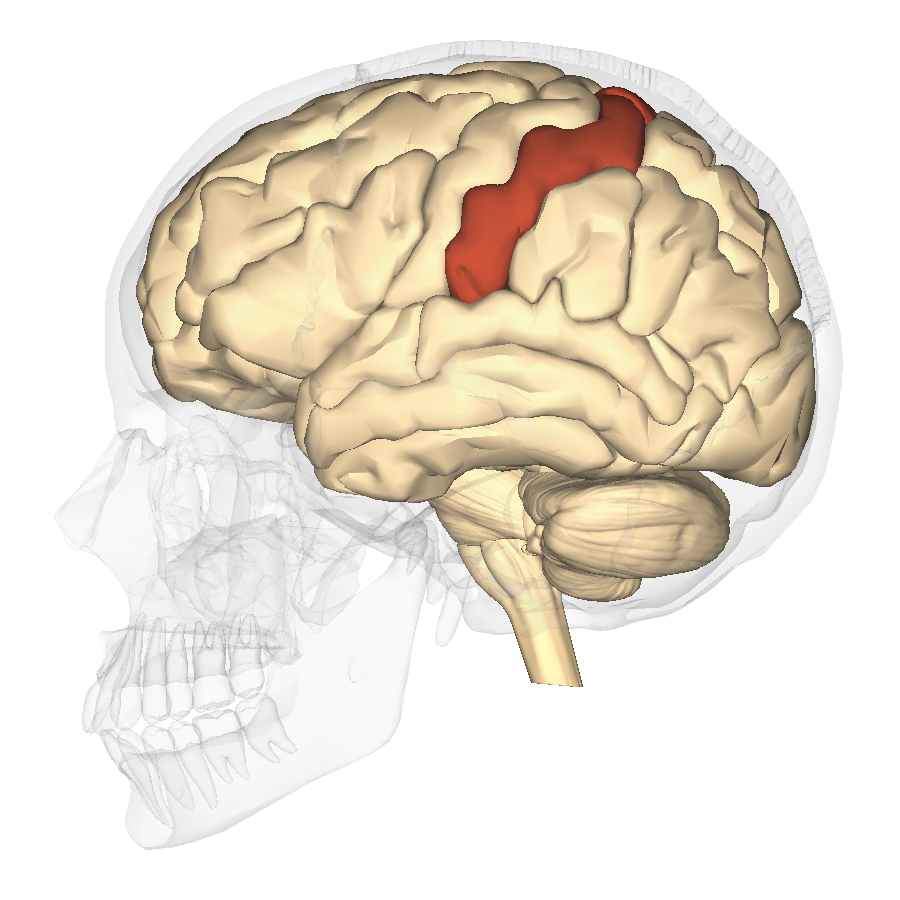
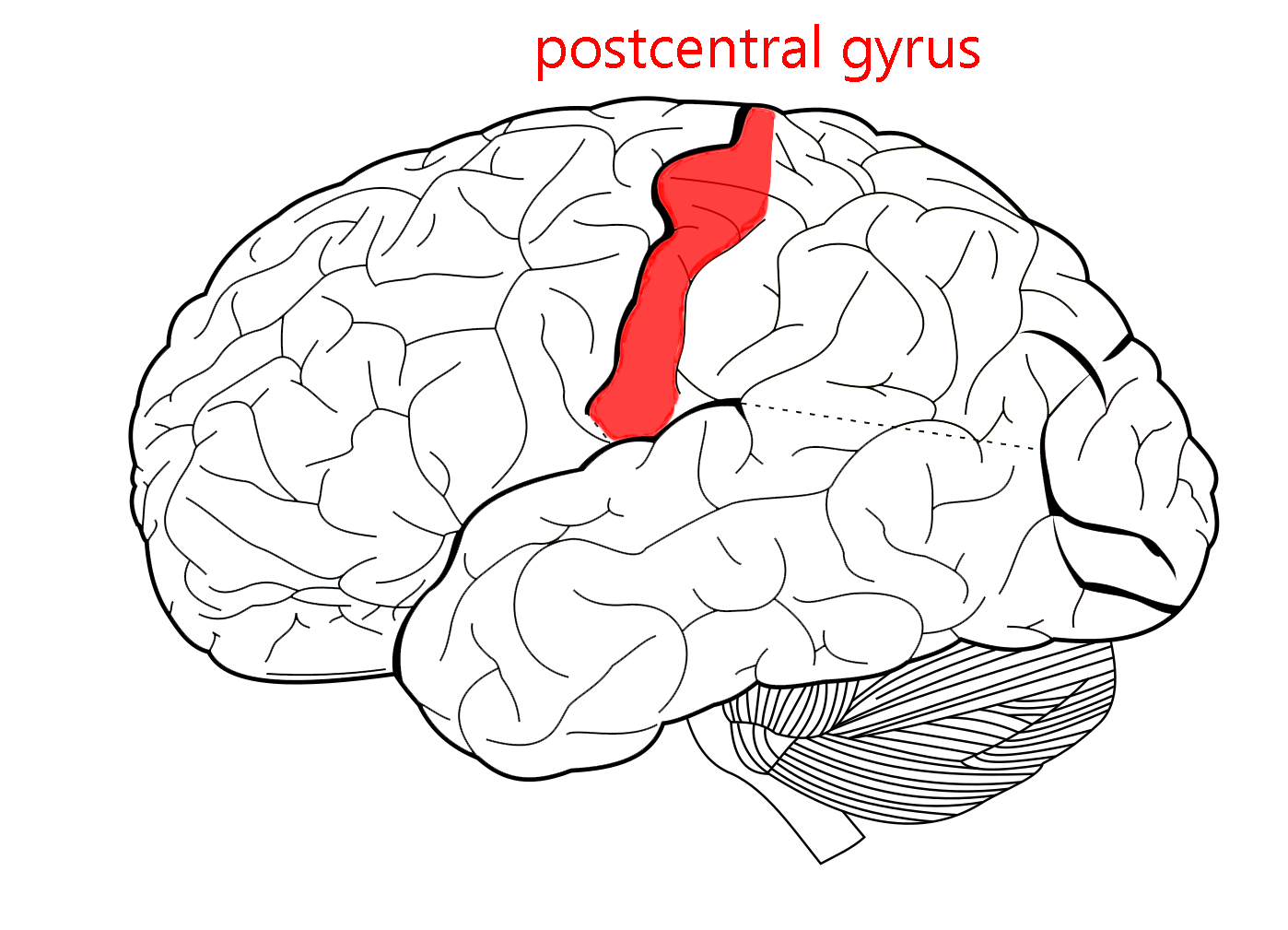
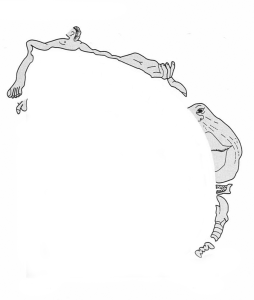
The postcentral gyrus processes sensations from the face and body surface (the somatosensory system). Like the motor cortex, it has an orderly map (homunculus) which is shown here.
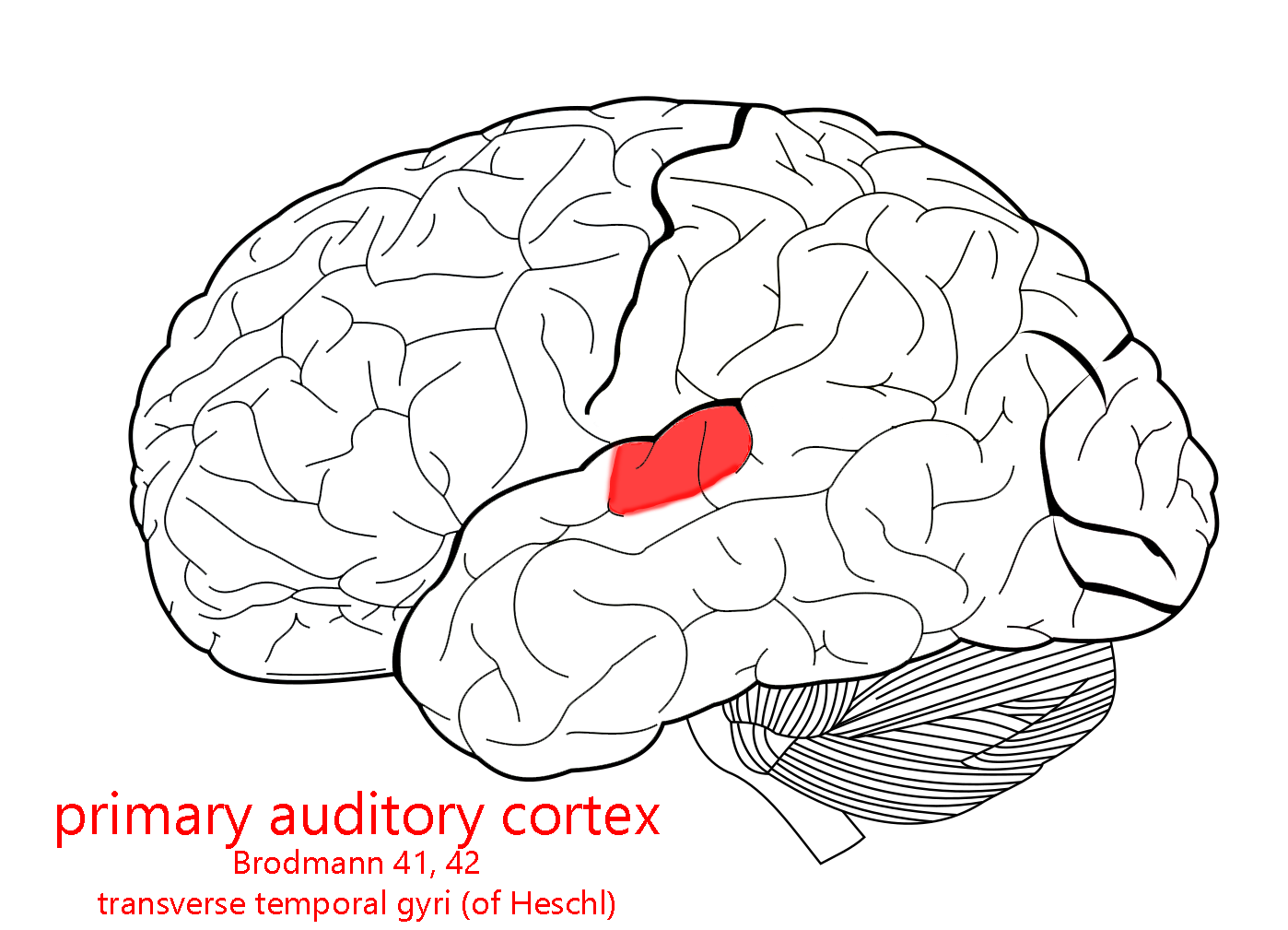
The transverse temporal gyrus of Heschl (AKA primary auditory cortex) is located deep to the lateral sulcus. It is responsible for receiving and processing sound. One important related structure to note (especially in the field of electroneurodiagnostics) is the uncus. It is highly associated with temporal lobe seizures, as dysfunction of this structure can result in olfactory hallucinations (which are relatively common in epilepsy).

